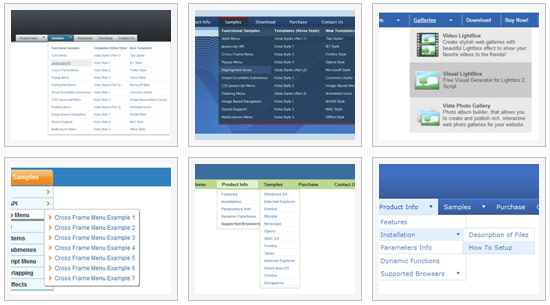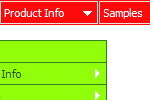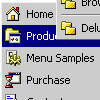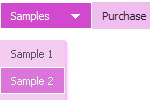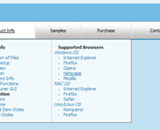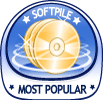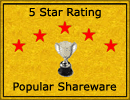Recent Questions
Q: I recently started using a new software program on my home page and am running into an issue with your drop down menu in css working with this software.
Basically no matter what I change the DmZorder to drop down menu in css always shows up behind the dhtml windows that I am trying to use.
After working with their support team they have stated that they believe the problem exists within the menus and I am attaching a screenshot they sent me.
Can you please assist me in resolving this issue?
A: Try to delete the following properties from #main style:
POSITION: absolute; TOP: 0px; LEFT: 0px;
See the attached example.
Set also units in "px":
var itemPadding="2px";
It helps to display the drop down menu in css correctly in all browsers.
Q: I want to know how I can set a menu item to pressed
when a page is loaded in javascript drop down menus.
A: You should set a pressed item using Javascript API:
function dm_ext_setPressedItem (menuInd, submenuInd, itemInd, recursion)
Sets a current pressed item.
menuInd - index of a menu on a page, >= 0.
submenuInd - index of a submenu, >= 0.
itemInd - index of an item, >=0.
recursion = true/false - highlight parent items.
Q: Where can I give the body of the javascript method which I use in cool dhtml menu?
A: You can define functions after menuItems, before you call dm_init();function.
var menuItems = [
["text", "javascript:your_function(...)", ...]
];
Where your_function(...):
function your_function(...)
{
.....
}
Q: How do I open a PDF document in a new window? Is this in the Item Parameters window?
A: You can specify target parameter for each item
["|Open file","file.pdf", "", "", "", "_blank", "", "", "", ],
If you want to use context menu you can try to write your menuItems in the following way:
["|<a href='file.pdf' target='_blank'>Open file</a>","", "", "", "", "", "", "", "", ],
But you should create correct style for <a> tag.

